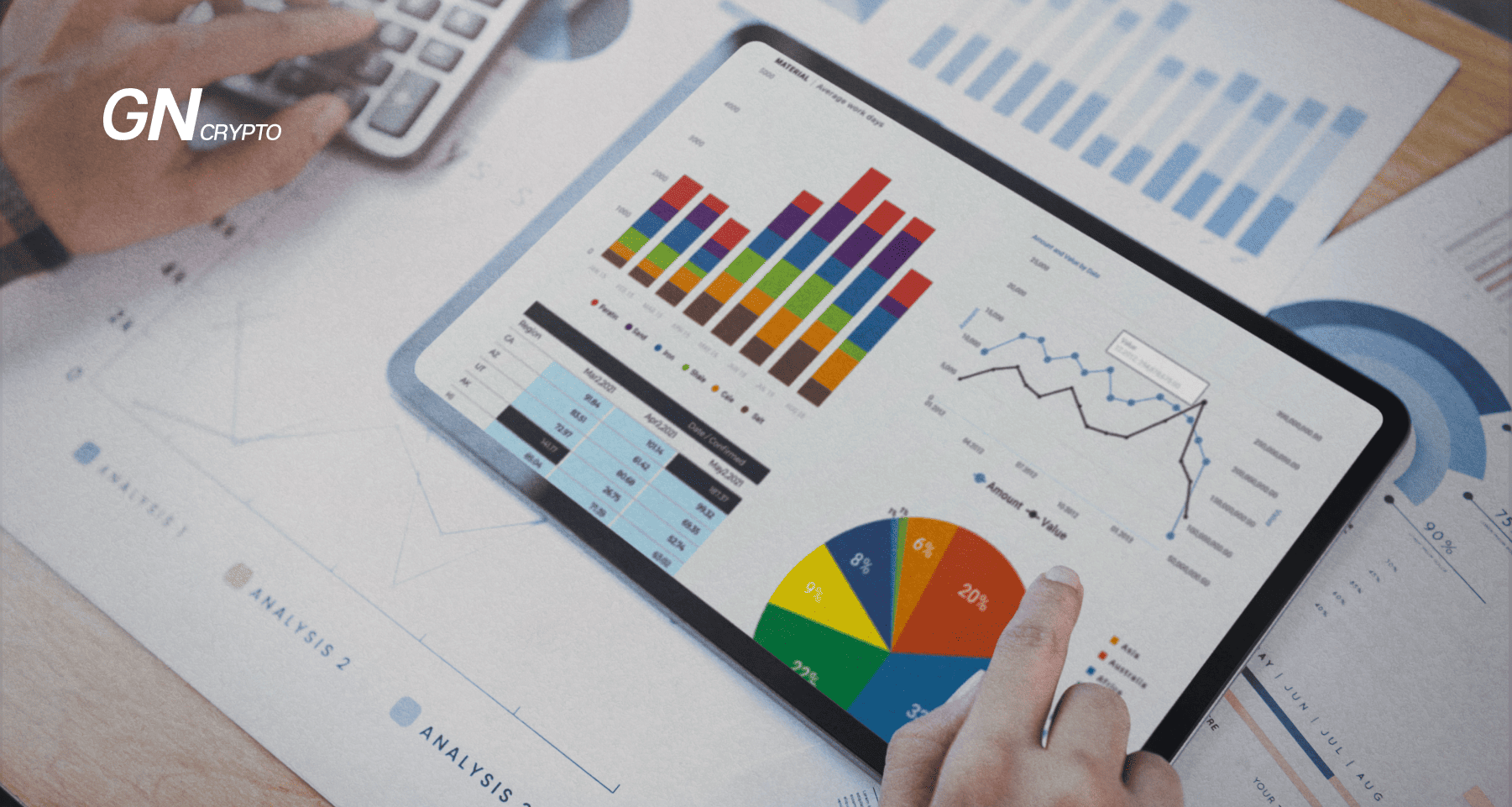Stablecoins Achieve Historic $200 Billion Market Cap

The latest crypto rally brings stablecoins to the forefront, as their total market capitalization surpasses $200 billion for the first time in history.
On this page
The latest crypto rally brings stablecoins to the forefront, as their total market capitalization surpasses $200 billion for the first time in history.
A 13% increase in stablecoin usage last month highlights their growing reputation among investors as dependable and highly liquid assets.
Why are stablecoins gaining traction?
- Competitive Interest Rates:
DeFi platforms are drawing investors with attractive yields on stablecoin deposits. On Aave, USDC deposit rates doubled in just a month, now offering annual returns between 10% and 20%—a stark contrast to the lower rates of traditional bank deposits.
- Tamed Volatility
With their steady value, stablecoins are far less volatile than typical cryptocurrencies, serving as a reliable alternative to cash in USD or traditional assets like gold. They provide a dependable method to secure funds.
- High Liquidity
Easily tradable and convertible into fiat currencies, stablecoins serve as a practical bridge into the crypto economy, ensuring flexibility for users.
Top Stablecoin Market Caps (December 9, 2024). Source: coingecko
DeFi lending protocols like Aave and Compound continue to push boundaries, creating advanced tools and investment strategies that amplify the value and utility of stablecoins.
A surge of interest from institutional investors in stable cryptocurrencies is helping to bolster overall market liquidity.
Read on: The Origins of the First Stablecoins
The content on The Coinomist is for informational purposes only and should not be interpreted as financial advice. While we strive to provide accurate and up-to-date information, we do not guarantee the accuracy, completeness, or reliability of any content. Neither we accept liability for any errors or omissions in the information provided or for any financial losses incurred as a result of relying on this information. Actions based on this content are at your own risk. Always do your own research and consult a professional. See our Terms, Privacy Policy, and Disclaimers for more details.


























